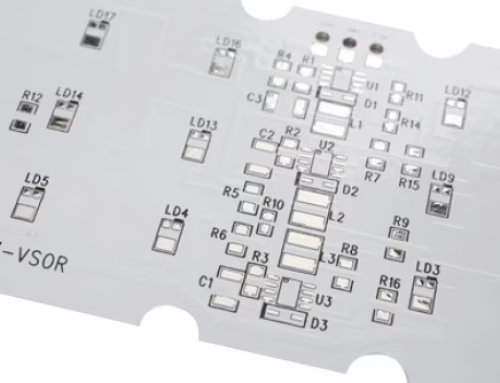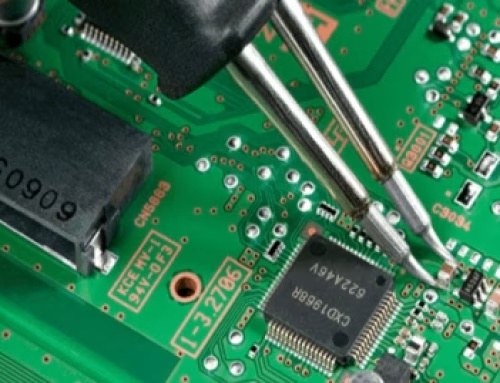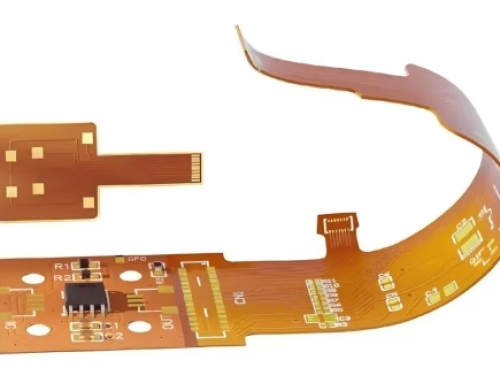A Complete Guide to Wifi Chip and Wifi Module
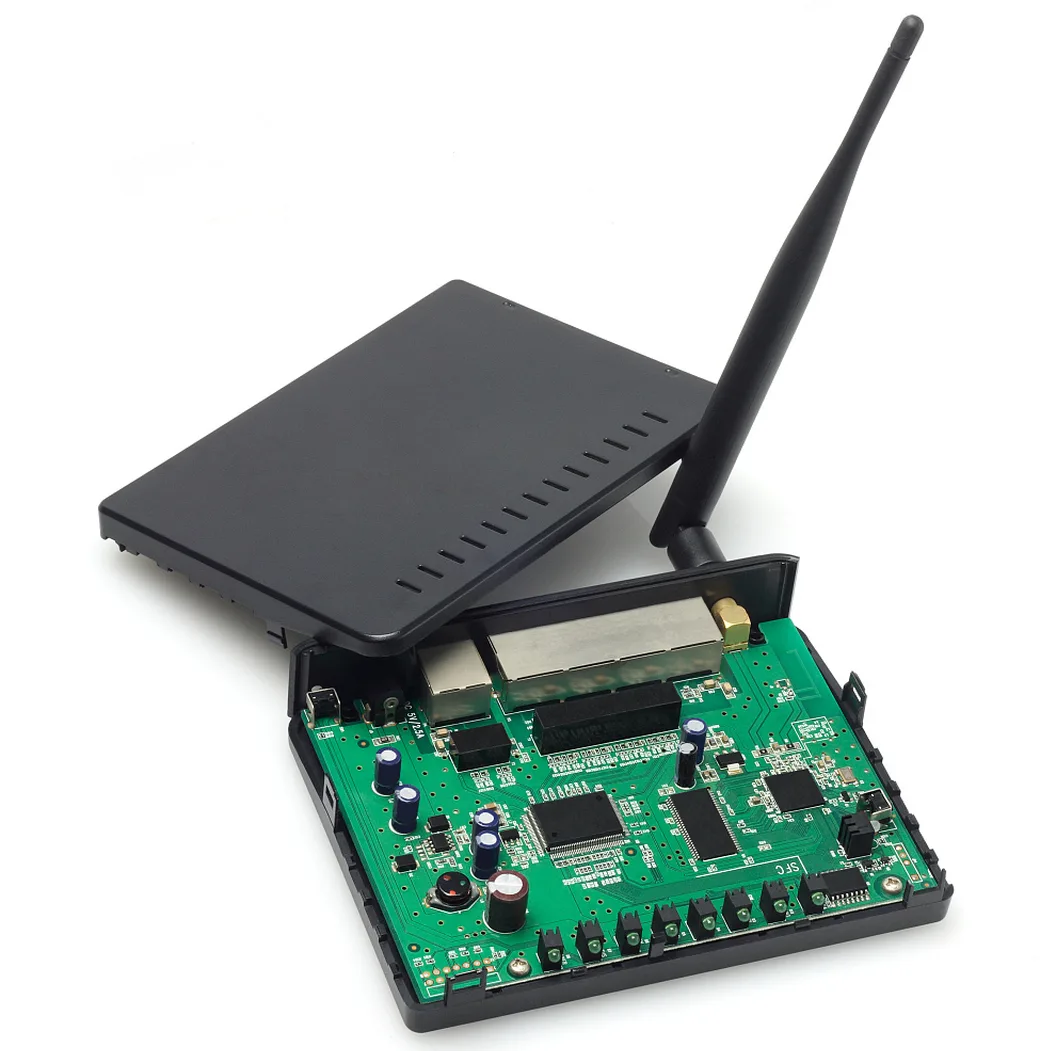
Table of Contents
The wireless revolution has firmly placed wireless technology at the very heart of modern electronics. Whether creating a smart device, upgrading a PC, or implementing a system for IoT, the basics of wireless connectivity hold paramount importance. This guide will try to cover all the important factors related to WiFi chip and WiFi module technologies, thus helping you decide which component to select.
1. Understanding WiFi Connectivity Hardware
A WiFi board lies at the core of modern smart systems. It manages wireless communication between a device and the network. From cell phones to embedded controller applications, these boards are found in nearly every application.
The wireless chip for PC allows a desktop or laptop to access WiFi networks without needing external adapters. These chips are designed for fast integration and compatibility with various operating systems.
2. What is a WiFi Module?

A WiFi module for PC packs the hardware and the software necessary to impart wireless networking features in a compact unit. It therefore eases design and development, obviating the need to develop one’s own networking stack.
Among hobbyists and developers, the ESP8266 module has gained popularity due to its low cost, built-in TCP/IP stack, and support for a variety of IoT projects.
The more powerful ESP32 module builds on this by including Bluetooth support, dual-core processors, and increased GPIO options.
3. Choosing the Right Component for Your System
When building or upgrading, always consider whether a software WiFi chip for PC or a full module is what you require. Do chips fit for low-level integration into a custom design? Modules, hence, would fit very well into rapid prototyping or commercial products that need certification.
Commonly, in desktop boxes, there is a motherboard Wi-Fi card. It is a plug-and-play Wi-Fi interface and sometimes does include Bluetooth.
Modular WiFi components are more common in industrial and commercial systems. It permits the swapping of the communication system or upgrading it without having to redesign the whole board.
4. Specialized Applications and Use Cases
In smart home automation, a WiFi relay will operate the electrical devices over the network. These modules are very small and respond to commands either through the cloud or a local interface.
An RF wireless transmitter and receiver system is meant to communicate over very short distances. Although different from classic WiFi systems, they are usually applied in conjunction with them for certain control tasks.
Some smart devices wirelessly switch WIFI module to control lighting, fans, or other fixtures. These are commonly seen in smart home systems or remote-control applications.
The ESP module family offers robust performance for developers building wireless applications. Known for flexibility and community support, it continues to evolve for advanced use cases.
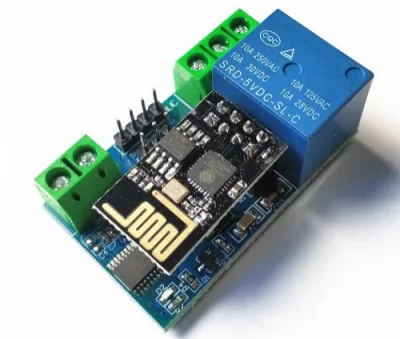
5. Integration Tips for Beginners and Professionals
A modem chip in your project translates internet access through WiFi. This is especially used for telemetry systems, embedded dashboards, or remote monitoring tools.
Make sure that hardware is compatible with whatever software stack you use, to have the best connectivity experience. The module and microcontroller should meet compatibility requirements with their power supply concerning performance and reliability.
When designing your boards, keep antenna placement in mind. The best WiFi board can underperform if located near EM interference sources.
6. Power Consumption and Efficiency
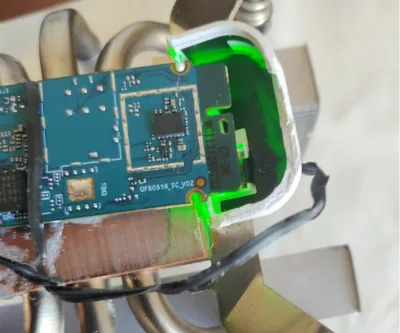
The perhaps greatest challenge in wireless communication is power management. Most of the newer chip implementations consider sleep and low-power state requirements. In choosing one with the best efficiency in power handling, one can assure the longevity of the device and that of its thermal design.
A battery-powered embedded device application, such as a sensor or controller, benefits by adopting a module for WiFi with smart power management.
7. Firmware and Security Considerations
Security matters as much as hardware does. Make sure your choice of chip for the PC or module supports encryption protocols like WPA3. Regular firmware updates are vital for preventing vulnerabilities.
Modules like the ESP32 have dedicated hardware features to enhance security, including secure boot and flash encryption.
For advanced applications, firmware customization allows better control over timing, retries, and error handling.
8. Future Trends in Wireless Modules
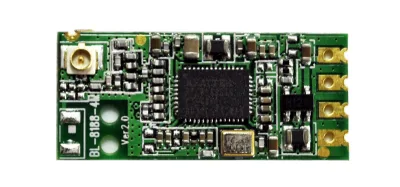
The need for reliable wireless communication is slowly becoming more relevant. Innovations in mesh networking, real-time cloud integration, and AI-driven control systems drove module development.
Soon, AI-based payload software may allow a WiFi card for motherboards and other devices to select frequency channels dynamically.
On another front, attempts are also underway for integrating RF wireless transmitter and receiver technology with a standard WiFi system to reduce latency and increase control accuracy.
9. Wifi Chip and Module FAQs
A chip requires additional components and firmware to operate, whereas a module has built-in networking capabilities and easier integration.
Generally not. PC chips are meant for consumer devices, whereas embedded systems ask for low-power, microcontroller-friendly options.
It switches on and off a given electrical circuit remotely from commands issued over WiFi.
They offer flexibility for upgrades or region-specific compliance without redesigning the system.
Yes, it has better processing power, supports Bluetooth, and has better security features.
Only if your device directly links to the Internet through WiFi. Otherwise, the module will suffice.
They are used where remote-control systems exist or for point-to-point wireless communication when WiFi is impossible.
10. Summary
Wireless communication is not a choice anymore. Be it interfacing with a WiFi chip, interconnecting a WiFi module for PC, or exploring new avenues with an eSP8266 WiFi module, the right components are everything. With thoughtful design, power management, and security, modern devices can stay connected, efficient, and reliable. As technology evolves, understanding how these modules interact with other hardware and software systems becomes even more critical.
Latest Blog
Contact us
Free Quote


